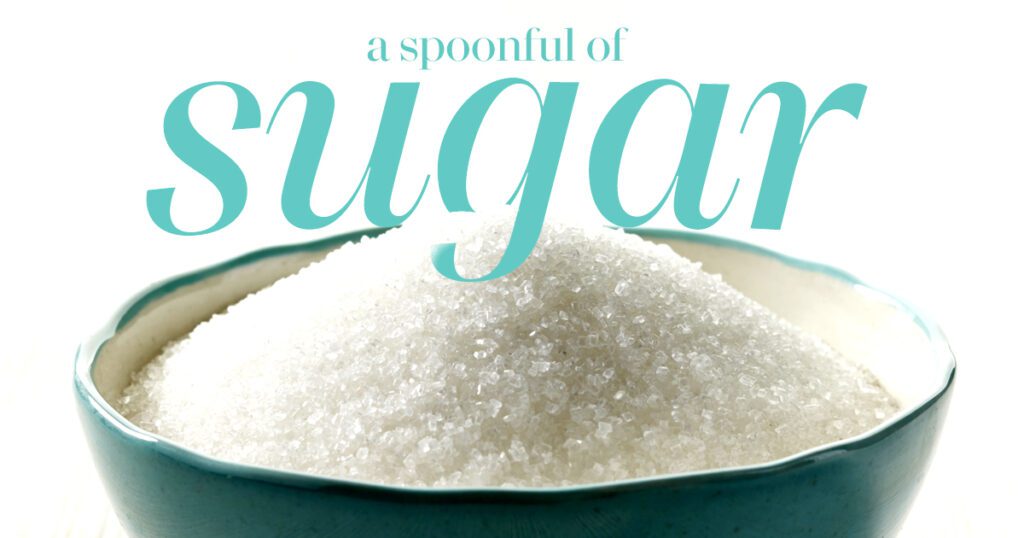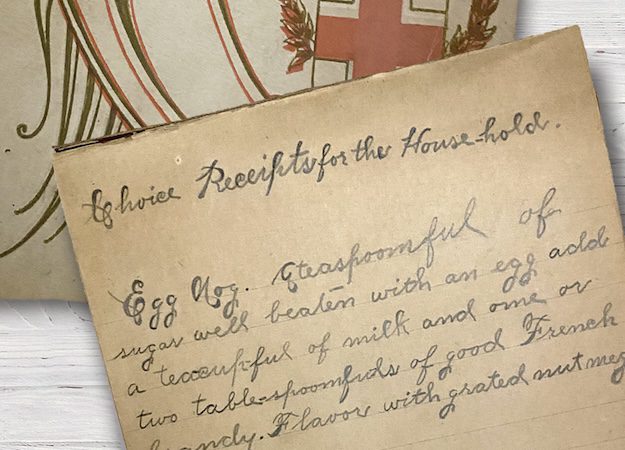05 Nov 2023 A spoonful of sugar
By Vivian Lawson Hogue
It is hard to categorize the word “sweet.” It can describe all of the senses of taste, smell, sound, touch and sight, as well as create the word combinations “sweet-talk” and “sweetheart.” Taken further, it refers to purity, love, nostalgia, a pleasant-natured person, and recently, its new use as a response of approval.
Shakespeare wrote, “Parting is such sweet sorrow, that I shall say good night till it be morrow.” Proverbs 20:17 says, “Food gained by fraud tastes sweet, but one ends up with a mouth full of gravel!”

Singer Paul Davis demonstrated his marital and family life contentment in lyrics from one of his 1970s hits. “All our friends seem to be in a hurry but we’ll just keep on taking our time. We’re living such a sweet life … ”
It doesn’t take long for us to sense sweetness in food, objects, people, actions or memories. Going through my cedar chest, I noticed an elegant, hand-stitched article of clothing made by my Grandmother Arnold for her trousseau. When she died in 1946, my 3-year-old self prevented me from remembering her afterward, but I came to know her personality and Granddad’s through their love letters.
I have them in a box, and to see how the two came to finally marry without cellphones, e-mails or ease of dating is miraculous. Many are short notes of formal wording written on small pieces of paper. Her parents were not keen on their possible marriage, so they hid their written communications in books. They are all signed with quaint variations of “Your true friend.” Not until the last note before marrying did he say, “I love you, dear.” Now, that was sweet.
The advancement of time altered the sweetness of home cooking. My Lawson grandparents maintained a subsistence farm. Essentially, that means they consumed what they raised, but hadn’t enough to sell. Twelve people lived in that three-room log cabin, and all were involved in gardening, cooking and raising and processing animals if they wanted to eat. They had okra, corn, peas, peanuts, potatoes, beans, root crops and greens as “sides” for meat, eggs, poultry and fish. Fresh milk, buttermilk, cream and homemade butter were extra blessings.
But what about sweets? Well, that would be apples from the orchard to make cobblers and pies with cinnamon, butter, flour and sugar. Molasses was also used in cookies and even on pancakes. Sugar, salt and spices were purchased at a store a few miles away uphill and down in a wagon. Sugar was used sparingly, as it took a half-day to make those trips, whatever the weather. Most people were light on sweetness anyway. Her dessert specialties were Tennessee stack cakes with an apple filling between the layers and pies made with apples, vinegar or buttermilk.

Grandmother Arnold’s sons and daughters were also taught to cook. Cooking during World War I was difficult enough with ingredients being limited. During World War II, the government rationed sugar and eggs among other things, so there were countless recipes for sugarless, eggless recipes.
In 1941, the small, round chocolate candies covered with a crunchy coating and stamped with two M’s were made exclusively for soldiers. They “didn’t melt in your hands,” provided energy and could survive in battlefield action. They had previously had a Hershey bar made just for them but it is thankfully no longer made. Soldiers found them tasteless and tough. Years later, the small, crunchy candies were sold to the public along with what they called a candy “kiss” because of the sound the machine made when it dispensed them. The upward point of the little foil-wrapped chocolate candies just might indicate the direction your weight would go! There were also flavored, red wax “lips” as well as tiny wax cola bottles injected with syrupy food dyes. The path was set.
Entire companies made nothing but cupcakes, cinnamon buns and rolls of chewy chocolate. At that time, our population was not addicted to sugar or sweets, so we had been a relatively healthy nation. The “war to end all wars” victory, however, would be followed by more prosperity and the beginning of a sugar-laden food industry that competed for our taste buds and changed our health. At home, the new recipes with excess sugar were invading kitchens through magazines and newspapers. Currently, everything from cereal to cough syrups contains sugar and/or fructose syrup and/or corn syrup and other additions with questionable effects. And that is not sweet.
But what did the poet John Newton write in 1779? “Amazing Grace, how sweet the sound.” What does Granny tell her “sweetie pie” grandchild when she wants a kiss? “Gimmee some sugar.”
Words said from the heart are powerful, whether spoken by a poet or a sweet granny.
- And that’s what Christmas is really all about - December 2, 2025
- Giving thanks - November 4, 2025
- Giving up was not an option - September 30, 2025










